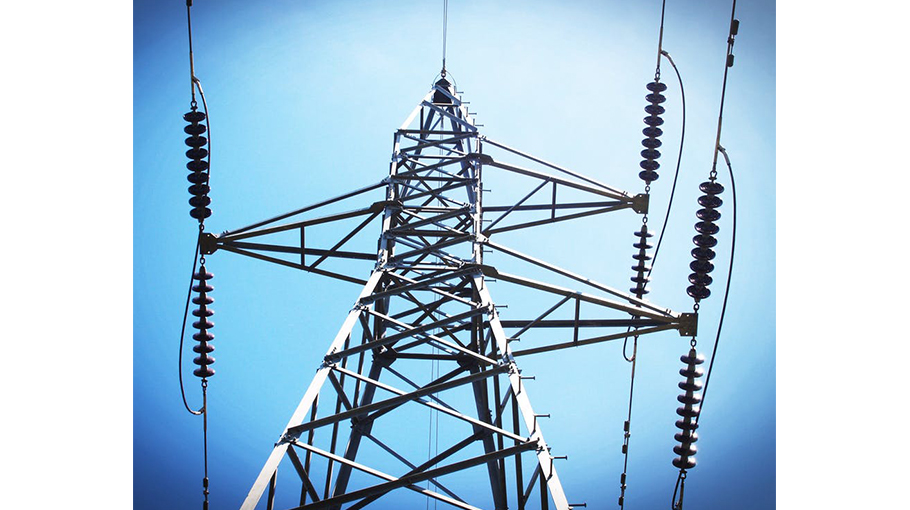Govt to ensure nonstop power at rational prices

Frustrating power crisis once made people's life miserable, but the situation has been changed and now all citizens are getting supply of electricity round the clock, while the government has been implementing a number of projects to ensure quality and uninterrupted power supply at a rational price.
“With sincere and relentless efforts by the Awami League government, the country has successfully illuminated every house and brought 100 percent people under electricity coverage,” state Minister for Power, Energy and Mineral Resources Nasrul Hamid told BSS on Monday.
He said the power generation capacity has rocketed to 25,566 MW in May 2022 from 4,942 MW in January, 2009. Of them, 1160 MW electricity is being imported and 24,406 MW is being locally produced.
Solar power lit up beels (wetland), chars, hill and remote areas, as the government is committed to bringing everyone under electricity coverage, Nasrul said.
He said, “Electricity has reached inaccessible hill areas and char areas. As grid facility is not available in those areas, river-crossing lines and in some of the places submarine cables have been installed to supply electricity.
Some areas were too remote, so people of those areas have been given solar electricity. This is how Bangladesh has brought 100 per cent of the population under electricity coverage.”
According to the ministry official, in 2009, only 47 percent of the population had access to power. Per capita power generation has increased from 220 kWh to 560 kWh and distribution losses of electricity have been reduced by 5.85 percent, Nasrul added.
He said there are 492 upazilas in the country. Rural Electrification Board (REB) supplies electricity to 462 upazilas.
According to the Power System Master Plan (PSMP) 2016, Bangladesh has an aspiration to become a high-income country by 2041 with increasing the country's power generation capacity to 60,000 MW.
The official said the REB has brought 1,059 villages of remote off-grid areas within the electricity coverage. As a result, 200,000 people of these remote villages have come under electricity coverage.
Besides, river-crossing lines had to install in 90 places and a total of 182 kilometres of submarine cable lines had to install.
Talking to BSS, a power consumer said that Prime Minister Sheikh Hasina’s bold steps and far-sighted decision, the country has successfully completed 100 percent electrification.
He said that on March 21, Prime Minister Sheikh Hasina formally declared that every house received 100 percent power supply access across.
Director General of Power Cell Engineer Mohammad Hossain said uninterrupted and cost-effective electricity supply will increase common people’s economy and life standard.
He said initiatives to supply house to house electricity has been taken at the behest of the prime minister on the occasion of Mujib Borsho, the birth centenary of Bangabandhu Sheikh Mujibur Rahman.
“Earlier in 2016, the government undertook a crash programme in line with 'Sheikh Hasina's initiative-electricity in every house' project,” Hossain said.
The ministry official, however, said that the REB introduced ‘Alor Feriwala’ programme to ensure electricity connection in a short time.
“Not only REB, but three more distribution companies have also worked to supply power to remote areas,” he added.
According to official sources, in total, 1146 remote villages have come under electrification.
Power Development Board (PDB) started working to provide electricity to inaccessible Swandip Island in 2018.
The PDB installed a 16-kilometer long submarine cable and Swandip got power connections in 2020.
The power ministry’s subordinate bodies have provided 4.27 crore connections so far.
Thus the authorities ensured 100 percent electrification within the stipulated time.
The prime minister has made the announcement of the success while inaugurating 1320MW Payra power plant in Patuakhali on March 21.
Electrification in rural areas has improved the living standards of the local people and such success stories are the reason for Bangladesh’s advancement.
A study by Bangladesh Institute of Development Studies (BIDS) said, an increase of 1 million units of electricity production also impacts the macro-economy in Bangladesh.
The increase in power production adds around Taka 46 million to Taka 107 million in the economy.
The electricity has started to change the lives of char area people.
Agriculture was their only source of income even years ago while many small factories such as rice mills, poultry farms, small and medium-sized enterprise are being set up in these areas.
Awami League government emphasised increasing electricity production since taking power in 2009.
As a result, the number of power plants has seen a whopping increase, from 27 to 152 now.
The capacity has increased to 25,566 MW from 4,942MW.
Transmission line capacity has increased to 13,518, raising from 8,000 circuit kilometres while distribution line has seen 6,26,000 kilometers raising from 2,60,000 kilometers.
Apart from this, 788.2 MW power was added to the national grid from renewable energy sources, of which solar power generates 554.21 MW electrcity, wind generates 2.9 MW, hydro generates 230 MW, biogas generates 0.69 MW electricity and biomass generates 0.4 MW power.
“The government has set goal to generate 40 percent electricity from renewable energy sources by 2041.
And efforts are underway to increase the use of clean energy gradually, which will also reduce carbon emissions,” Nasrul said.
He said the government has been offering various stimulus packages for expansion of Renewable Energy (RE) in the country and as part of it, solar home system has been providing electricity to around 2.0 crore people at off-grid areas in the country.
He said, “Due to cent percent electrification and recognition of contribution to socioeconomic development in the Mujib Borsho, the power division was awarded the "Independence Award-2022”, and earned the honour.”




